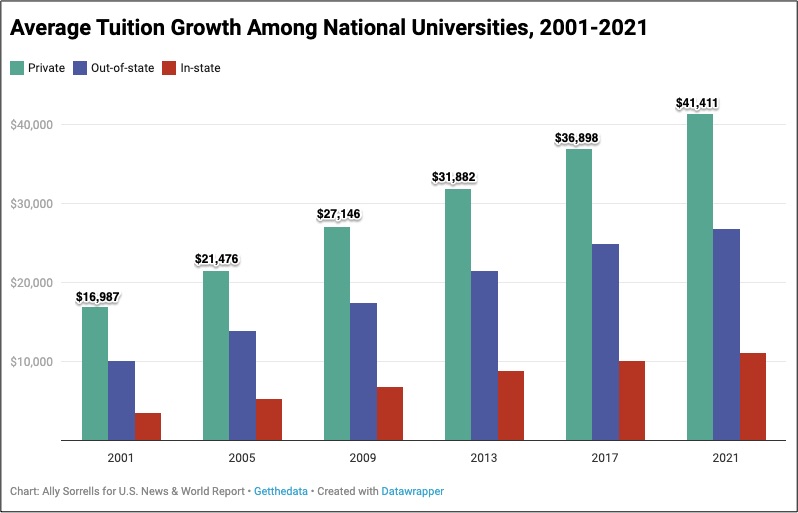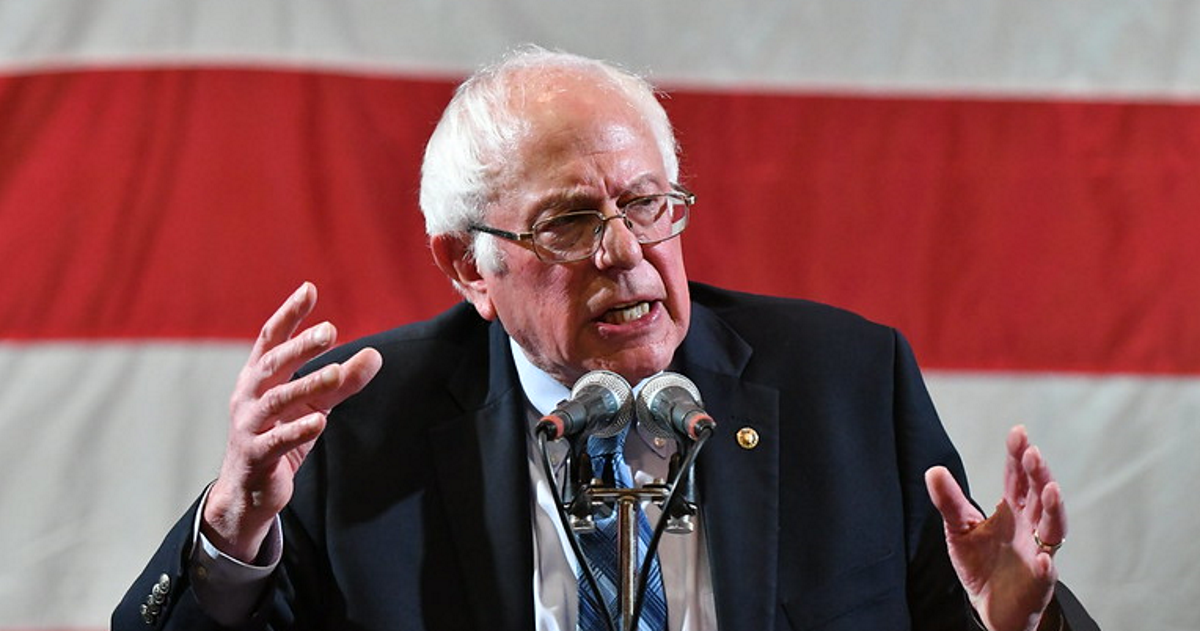For many young Americans, one of the most prominent issues are of the various factors surrounding higher education, whether it is admissions themselves or tuition. While both are highly debated and controversial issues, a debate that has been more prominent as of late has been college tuition.
The facts are clear. College tuition has been on the rise. According to US News, tuition at private schools has increased by 134% over the last two decades. Under the same time span, tuition has increased by 141% for out-of-state students for public schools and 175%. That’s an exponential spike over only 20 years in how much students have to pay per year to attend college. It is especially shocking how much in-state tuition has increased: the point of in-state tuition is to provide a cheaper and affordable option for students in the state of that university for a degree, but somehow it has increased at the highest rate.

Now, politicians have started paying attention to this, and various perspectives and solutions have been proposed. One that particularly stands out as different from both the American political system and current legislative frameworks is the ideas of progressives such as Bernie Sanders and Alexandria Ocasio-Cortez. First popularized by Bernie Sanders during his 2016 campaign for president, he proposed the idea of making public college tuition-free for students. Essentially, instead of just having K-12 public schools come free with our taxes, he essentially said it should be K-16(including a four-year undergraduate degree at a public university). Such a model already exists in many European nations, and he wanted to expand this idea to the United States.

I certainly agree with this idea of tuition free public college. In an era where more and more good-paying jobs are requiring a college degree as opposed to just a high school diploma, this would help bridge the gap between low income individuals that can not afford to get to this people and people who can. On top of that, it would eventually eliminate the source of debt for many Americans, student loan debt, which totals a whopping 1.76 trillion dollars as of 2023. The other aspect of this not as well-known is how it would help minorities and marginalized groups in the United States. Minority students are less likely to be able to afford a four-year university and thus attend them, and this could mean more diverse workplaces in the long run.
As a final note, some progress has been made on this front. Current president Joe Biden has implemented a program which helps eliminate federal student loan debt for low-income individuals along with proposing legislation that would make community colleges tuition-free. It is just a matter of time before the goal is reached and an affordable college option in the form of public college will be established.